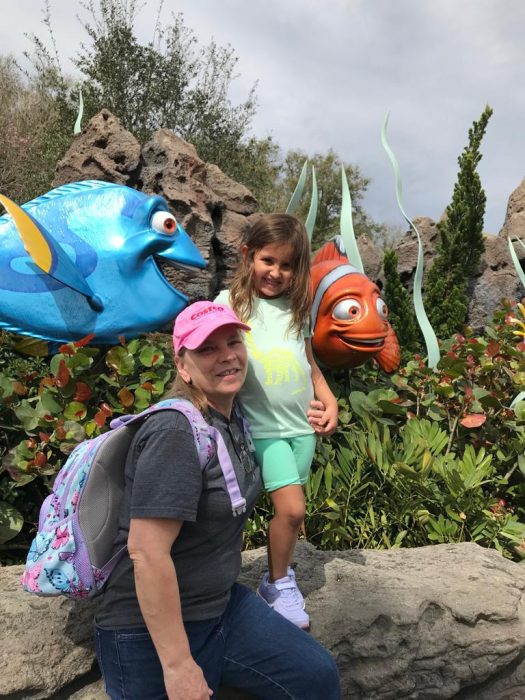
Donna Beverly
Donna Beverly entered her doctor’s office for a routine chest x-ray and left with a referral to an oncologist. The resulting news was devastating: Stage three cancer on her right lung.
“When they first diagnosed me with lung cancer, the first think I thought was that I was going to die immediately,” said Donna. “I didn’t know how much time I had.”
Donna’s fears weren’t unfounded. Eighty percent of stage three lung cancer patients don’t survive more than two to three years after diagnosis.
But Donna was determined to pursue immediate and aggressive treatment. Her care team scheduled her for surgery, a lobectomy. Surgeons would remove the upper lobe of her right lung where the tumor was growing.
Donna’s lobectomy was successful, and for about a year, Donna was cancer free. She felt optimistic about the future. Then, everything changed.
Donna’s doctors discovered bone lesions from her original cancer, which had, against all odds, spread to her lymph nodes and into the bones in her arms and legs. Again, Donna was prepared to fight back.
Doctors opted for radiation therapy, one of the most common and successful treatments for people with cancer. In fact, more than 50% of people diagnosed with cancer will receive radiation therapy at some point during their care.
In Donna’s case, her doctors would use computer-guided radiation. A robot would use real-time anatomical images to pinpoint Donna’s lesions and attack them directly with thousands of high-energy photon beams. During treatment, Donna watched her personal robot move and bend around her to get every possible angle.
After several rounds with the robot, in addition to several chemotherapy and immunotherapy regimens, Donna was cancer free, and she remained cancer free for the next two years. But then, again, Donna experienced a recurrence, this time just in her right lung. Donna worried she was out of treatment options.
“I had already exhausted all avenues for radiation at that point, with all the radiation I had received for the bone lesions,” she explained.
But Donna’s health care team wasn’t giving up. Donna’s case was elevated for review by the Miami Cancer Institute Tumor Board, a multidisciplinary team of oncologists, radiologists, surgeons, and other specialists.
“She was at the tail end of exhausting all her options for further treatment, until she came to see us,” said her doctor. “The advantage of the Tumor Board is really putting more eyes on the disease process. You’re more likely to come out with a treatment algorithm that’s the most appropriate and that’s going to benefit the patient most.”
The Tumor Board decided that Donna could benefit from robotic-assisted surgery. During robotic-assisted surgery, a surgeon will thread a 3D camera through a small incision made between the ribs. Other surgical instruments attached to a robotic system are inserted through additional incisions. Then, the surgeon will sit at a console next to the patient and control all of the instruments, including the camera, to remove cancerous and damaged lung tissue. This way, the surgeon can avoid opening up the chest or spreading the ribs.
The Tumor Board warned her that the surgery would be extremely complex and challenging but had the potential to end her battle with cancer once and for all. Donna was elated.
“That was like going from one closed door to another open door,” she said. “They never gave up on me. They gave me a second chance by going over my case again.”
During Donna’s robotic-assisted surgery, her surgical team removed her entire right lung as well as a portion of the sack around her heart. The cancer was gone.
“I feel fantastic,” said Donna. “I’m out and about, plugging away, getting my strength back, and having fun with [my great niece] Mia. I’m realistic and don’t take anything for granted but I’ve been given a second chance in life, and I’m so thankful for that.”
Donna hopes other cancer patients can learn from her experience and even find inspiration from it.
“Stay strong, stay focused, stay positive,” she said. “Do a lot of research, ask a lot of questions, and if you don’t understand something, ask more questions. Challenge your care team to go further, do better, and offer you more options.”
Learn more about how medical technology is helping people with cancer.
This story was adapted from an original story by Baptist Health South Florida.